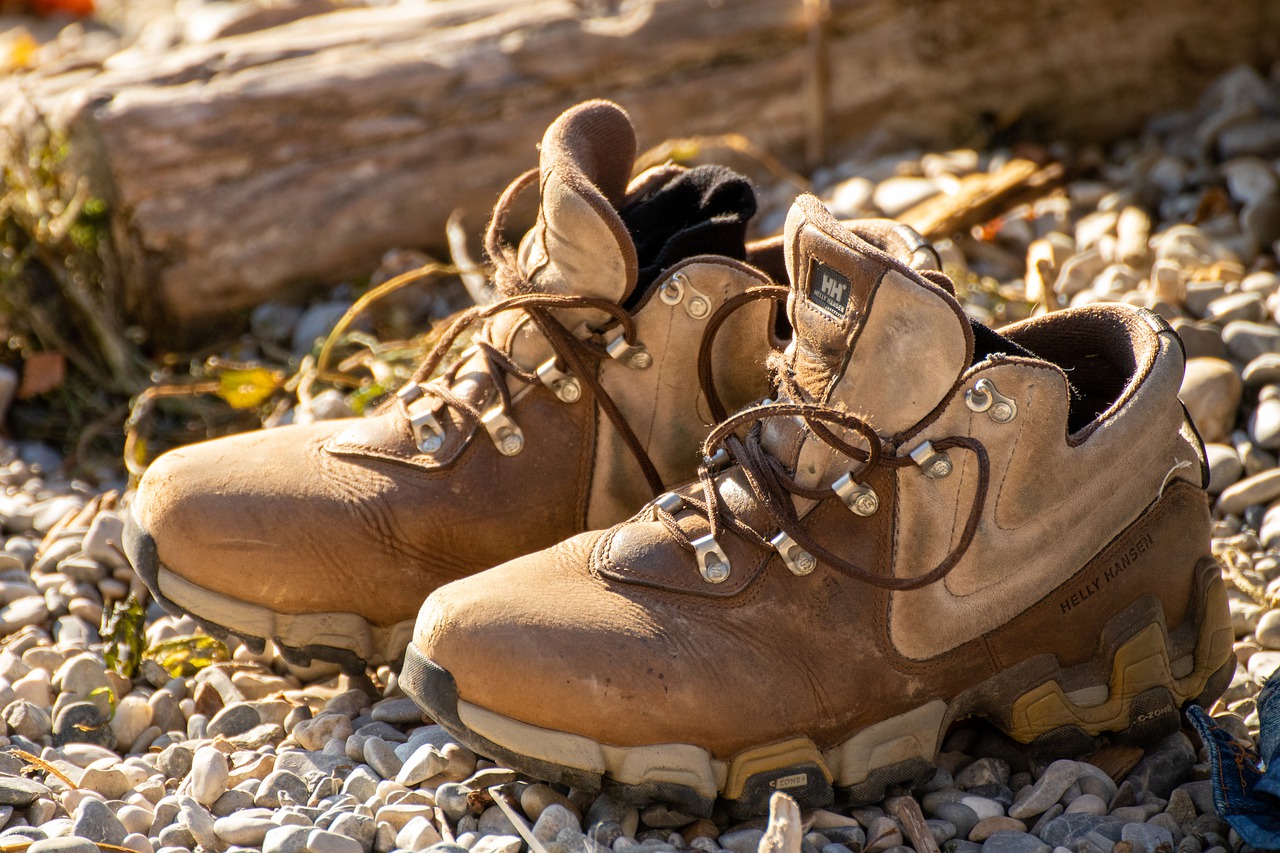If you hike on a regular basis, then it’s important to be aware that your footwear can impact your experience. With a good pair of hiking boots, you’ll be able to focus on the beautiful scenery and the exercise. However, with a poorly fitting or uncomfortable pair of hiking boots, you won’t be able to think about anything except your painful feet. This means that buying boots is one of the most important hiking decisions you’ll make. However, with so many options to choose from, how do you know which one is right for you? These tips can help.
Identify your style
There are many different types of hiking footwear, and each one is specially designed to meet different outdoor needs. Therefore, it’s a good idea to begin your search for the right pair of hiking boots by thinking about what kind of hiking you’ll be doing. Are you looking for footwear for the occasional easy day hike, for example, or are you planning a week-long mountain backpacking trip? Identifying your hiking style can help you to narrow down your search to one of three broad footwear categories:
Hiking shoes—The lightest version of hiking footwear, hiking shoes are essentially sturdy running shoes. Typically lightweight and low-cut with flexible midsoles, hiking shoes are a great choice if you usually stick to well-defined, shorter trails and carry a relatively light load such as a smaller day pack.
Hiking or mountaineering boots—Generally, hiking boots offer greater support and protection than hiking shoes. They can be mid- or high-cut for better ankle support, and they typically feature a stiffer construction and more durable soles and uppers. Due to this extra support and stability, however, hiking boots are heavier and less flexible than hiking shoes. Therefore, they are better suited for long distance hiking and/or rougher terrain, as well as for hikers carrying heavier loads or who need more ankle support for other reasons.
Backpacking boots—Solid, rugged backpacking boots are built to carry heavy loads on multi-day trips, both on and off the trail. They are high-cut to stabilize the ankles, stiff to prevent foot fatigue, and extremely durable. If your hiking style involves backcountry trekking and heavy backpacking packs, then backpacking boots are the ideal footwear for you.
Understand your materials
While hiking shoes always have rubber soles, different types of materials can be used for the uppers (the part that wraps around your foot). The choice of material is what determines each shoe or boot’s weight, durability, breathability, and capacity to resist water. The following are the most common materials used:
Full-grain leather—This is the most durable, abrasion-resistant, and water-resistant type of leather. However, these qualities also mean that full-grain leather is the heaviest, least breathable, and least flexible boot material.
Nubuck leather—When full-grain leather is buffed to resemble suede, it’s known as nubuck leather. It trades a certain degree of durability and water resistance for greater flexibility and softness.
Split-grain leather—This type of leather gets its name from the process of “splitting away” the smooth exterior of the cowhide from the rougher inner part. While split-grain leather is less resistant to water and abrasion than full-grain, it is more breathable and flexible (and usually cheaper). It is often used together with nylon or nylon mesh for lighter weight footwear.
Synthetics—Many modern boots are made of synthetic materials, which include polyester, nylon, and polyurethane. While the quality of each type of synthetic can vary somewhat, on the whole it is usually lighter, more flexible and breathable, and less expensive than leather options. On the other hand, synthetics are also less durable and water resistant, although they do tend to dry more quickly when wet.
Find your fit
Once you have chosen your desired footwear style and materials, the last and most important step is to find the right fit. Hiking shoes or boots should fit snugly around the ball of your foot while keeping your heel in place and offering wiggle room around your toes. In order to achieve this:
Start with the right size—When shopping for hiking footwear, you can use your street shoe size to start with, but it is a good idea to have your foot size and volume measured in the store in order to better match your sizing with the models offered.
Try the boots on later in the day—As the day goes on, your feet tend to swell. Trying boots on later in the day—when your feet are at their largest—will help to ensure that you don’t buy boots that are too small.
Wear hiking socks—When you try on hiking boots, you want to mimic the real-world conditions in which you’ll be wearing them as closely as possible. During your fitting, you should wear the same thick wool or other type of hiking socks that you would on the trail.
Bring orthotics—Likewise, if you wear any orthotics or other inserts in your footwear, you should bring them along to your fitting and ensure that they fit properly in your boots.
Test them out—When you try on different footwear options, it’s a good idea to take a walk around the store to assess the fit and comfort. Many outdoor gear stores have ramps or other features that mimic trails, so you shouldn’t be shy about testing them out.

Sorry, comments are closed for this post.